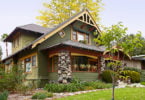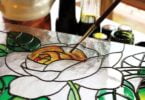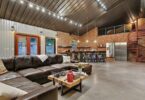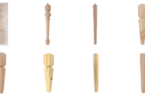Introduction
In the realm of interior architecture, glass tables have emerged as a cornerstone of modern design. They offer a blend of functionality and aesthetic appeal, enhancing spaces with their sleek, clean lines and the unique ability to interact with light. This article delves into the various styles of Glass Table production, the differences between annealed, tempered, and laminated glass, the diversity of edge treatments, and thickness variations. It also explores the growing trend of patterned or textured glass tables and how these pieces utilize light to transform spaces.
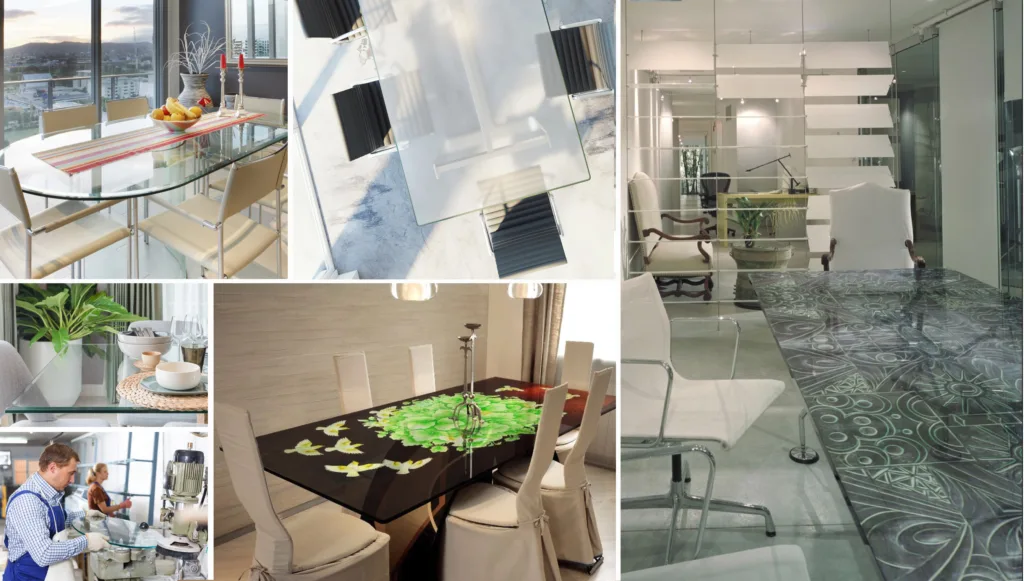
Glass Table Production Styles
The production of glass tables involves various techniques and styles, each contributing to the table’s overall look and strength. The most common styles include:
- Float Glass: This method produces flat, clear glass, which is ideal for standard table tops.
- Cast Glass: Offering a textured or patterned surface, cast glass is perfect for statement pieces.
- Slumped Glass: This involves heating the glass until it ‘slumps’ into a mold, creating unique shapes and designs.
Each style serves different aesthetic and functional needs, from the simplicity of float glass for minimalist designs to the artistic flair of slumped glass for more expressive interiors.
Types of Glass: Annealed, Tempered, and Laminated
The choice between annealed, tempered, and laminated glass is crucial in table design, influencing both safety and durability.
Annealed Glass: The basic form of glass, annealed glass is cooled slowly to relieve internal stresses. It’s easier to cut and shape but breaks into sharp shards, making it less ideal for safety.
Tempered Glass: Tempered glass is annealed glass that has been heat-treated for increased strength. It shatters into small, rounded pieces, offering a safer alternative for glass tables.
Laminated Glass: This consists of two or more glass layers with an interlayer, usually of polyvinyl butyral (PVB). Laminated glass holds together when shattered, providing enhanced safety and sound insulation.
The choice depends on the intended use, location, and safety requirements of the table.
Edge Treatments and Bevels
The finishing of glass table edges is not just a detail but a significant aspect of its design and safety. Common edge treatments include:
- Flat Polish: A smooth, polished edge for a clean, modern look.
- Pencil Polish: Rounded edges resembling a pencil’s shape, ideal for a softer appearance.
- Beveled Edge: The glass edge is cut at an angle to create a prism effect, adding a decorative touch.
Bevels can range from subtle to pronounced, significantly affecting the table’s style and how it interacts with light.
Thickness Variations
The thickness of glass used in tables varies depending on the application:
- 1/4″ Glass: Commonly used for protective tops on wooden tables.
- 3/8″ to 1/2″ Glass: Ideal for standalone glass tables, offering a balance of weight and strength.
- Up to 1″ Glass: Used for heavy-duty applications like vanity tops, providing robustness and a luxurious feel.
The thickness choice impacts not just the table’s look but also its durability and stability.
The Trend of Patterned or Textured Glass
The use of patterned or textured glass in tables is a growing trend, adding an artistic touch and enhancing the interplay of light and shadow. Textured glass can range from subtle frosting to pronounced 3D patterns, each creating different visual and tactile experiences. These designs can hide fingerprints and smudges, making them practical for high-use areas.
Light and Glass Tables
One of the most remarkable qualities of glass tables is their relationship with light. Glass’s transparency and reflectivity allow light to pass through and reflect off its surfaces, creating a play of light that can make a room feel more spacious and luminous. In spaces with limited natural light, a glass table can help distribute light more evenly. When placed strategically, these tables can also enhance views or focus attention on other design elements.
Conclusion
Glass tables, with their diverse styles, types, and finishes, offer a unique blend of functionality and aesthetic appeal in interior architecture. They cater to a range of styles, from minimalistic to avant-garde, and their interaction with light can transform a space, making it feel more open and lively. Whether it’s the elegance of a beveled edge, the safety of tempered glass, or the artistic flair of patterned glass, these tables are more than just furniture – they are a statement of style and a testament to the versatility of glass in design.

